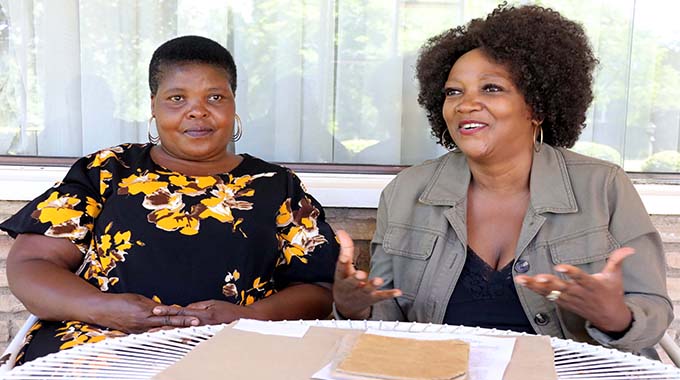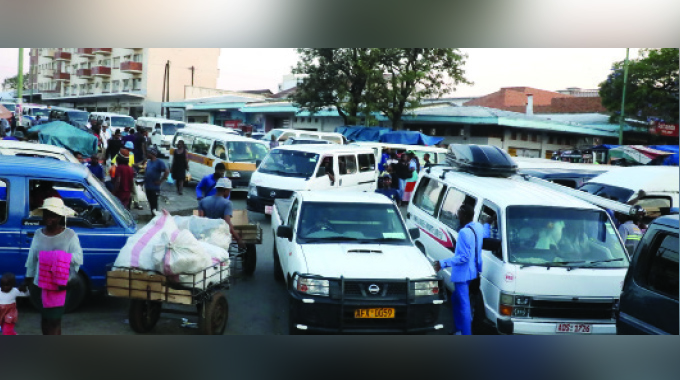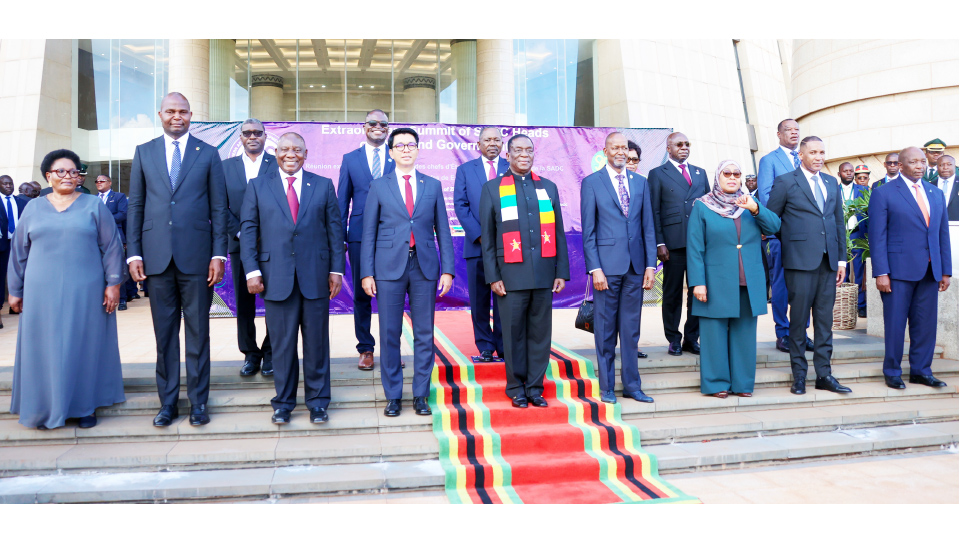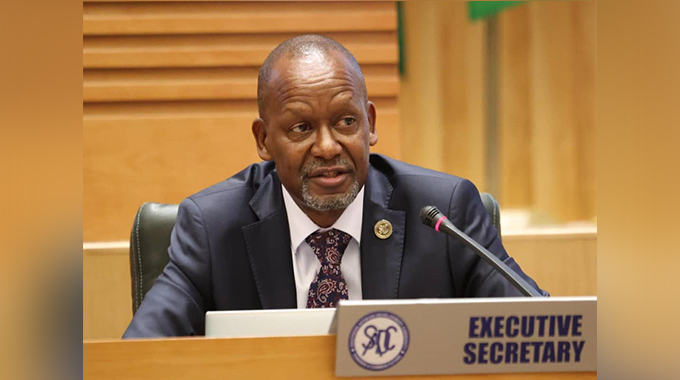
Blessings Chidakwa
Herald Reporter
THE National Development Strategy 2 (NDS2) blueprint that is expected to catapult Zimbabwe to Vision 2030 will be anchored on fiscal discipline, macro-economic stability, robust trade and investment, effective enforcement of property rights, the Office of the President and Cabinet (OPC) has said.
The OPC is building on the resounding key milestones achieved under NDS1 initiated in 2020 and ending this year.
Yesterday, heads of ministries, departments and agencies attended an NDS2 consolidation workshop in Kadoma spearheaded by the OPC where it highlighted some key achievements scored under NDS1, including improved infrastructure, food security and investment.
Acting Chief Secretary in the OPC, Reverend Paul Damasane, said NDS2 will build on successes made under NDS1.
“NDS 2 will play a crucial role in steering Zimbabwe towards long-term sustainable economic growth. Addressing growth barriers and fostering a conducive environment for economic transformation will be key,” he said.
“This will require steadfast fiscal discipline, macro-economic stability, robust trade and investment, effective enforcement of property rights and sustainable public finance, continuous empowerment and adaptability will be essential in meeting the country’s developmental objectives”.
Milestones under NDS1 are in different pillars, including infrastructure and utilities, digital economy, food security and nutrition, economic growth and stability, image building, engagement and re-engagement.
In an interview, the Deputy Chief Secretary for Policy Analysis, Co-ordination and Development Planning in the Office of the President and Cabinet, Mr Willard Manungo, said all stakeholders from Government, ministries, departments, and the private sector have been invited to give input into the NDS2 mapping.
“We have NDS 1 and it finishes this year, we are now working on NDS2 as a successor programme, we have invited all the ministries, all departments to share their priorities, we have also invited business and industry.
“We are trying to receive all the inputs as provided by all stakeholders, we are now compiling the views to hand over to Cabinet so that it is endorsed at the highest level,” he said.
Under NDS1, success has also been registered in environmental protection, climate resilience and natural resource management, social protection, governance, housing delivery, human capital development and innovation, devolution and decentralisation, and health and well-being, among others.
On the infrastructure and utilities pillar, the Government implemented projects that focused on provision of road and aviation networks and utilities such as water and electricity.
They include the expansion and construction of a new VVIP Pavilion at Robert Gabriel Mugabe International Airport in Harare, the Dete Community solar project in Matabeleland North Province and the Harare-Masvingo-Beitbridge Road upgrade.
Others are the Shurugwi-Mhandamabwe road rehabilitation, the repair of 2 000 boreholes across the country and the drilling of 3 528 boreholes under the Presidential Borehole Drilling Programme.
Additional projects include the Mbudzi Interchange construction project, the Harare-Kanyemba Road construction, the Great Zimbabwe 5MW Hydro Power Station in Masvingo, and construction of New Parliament Building access roads in Harare, Mashonaland West and Mashonaland Central provinces.
Under the digital economy pillar, the Government invested in expanding ICT infrastructure, promoting digital literacy, and supporting technology start-ups.
The start-ups include the Media and Communication Policy, the National E-learning Strategy (computerisation of 1 000 schools to bridge the urban-rural divide), the National ICT Policy launch, the Artificial Intelligence Strategy approval, the licensing of Starlink, electronic passports for citizens in Harare, Guruve, Murehwa, Lupane, Beitbridge, Zvishavane, Marondera and Gweru, among others.
On the food security and nutrition pillar, many projects including dams were constructed to climate-proof agriculture while irrigation rehabilitation and accelerated dam construction across the country was also done to boost food security.
Dams such as Kunzvi in Mashonaland East, Muchekeranwa Dam on the border of Mashonaland East and Manicaland, Tugwi-Mukosi in Masvingo, Semwa in Mashonaland Central and Lake Gwayi-Shangani in Matabeleland North have been constructed and some are complete and already transforming lives while others are over 70 percent complete.
On the economic growth and stability pillar, the Government initiated many programmes such as the debt and arrears clearance programme, tamed inflation, and introduced a gold-backed currency, among others.
Regarding image building and the engagement and re-engagement programme, the Government rehabilitated infrastructure in foreign missions and installed broadcasting infrastructure, which is critical for enhancing Government’s image and improved economic diplomacy.
On the social protection pillar, the Government focused on the protection of individuals and communities from poverty, vulnerability and social exclusion.
On governance, there was the construction of magistrate courts, and the implementation and operationalisation of the Integrated Electronic Case Management System, among others.
Apart from that, on housing delivery, the Government constructed affordable and decent houses in many towns for its workers.
In terms of human capital development and innovation, learners were prepared to become socially and economically empowered through quality and innovation education.
Youth, sports and culture emphasis was on fighting socio-economic ills that include drug and substance abuse as well as unemployment.










